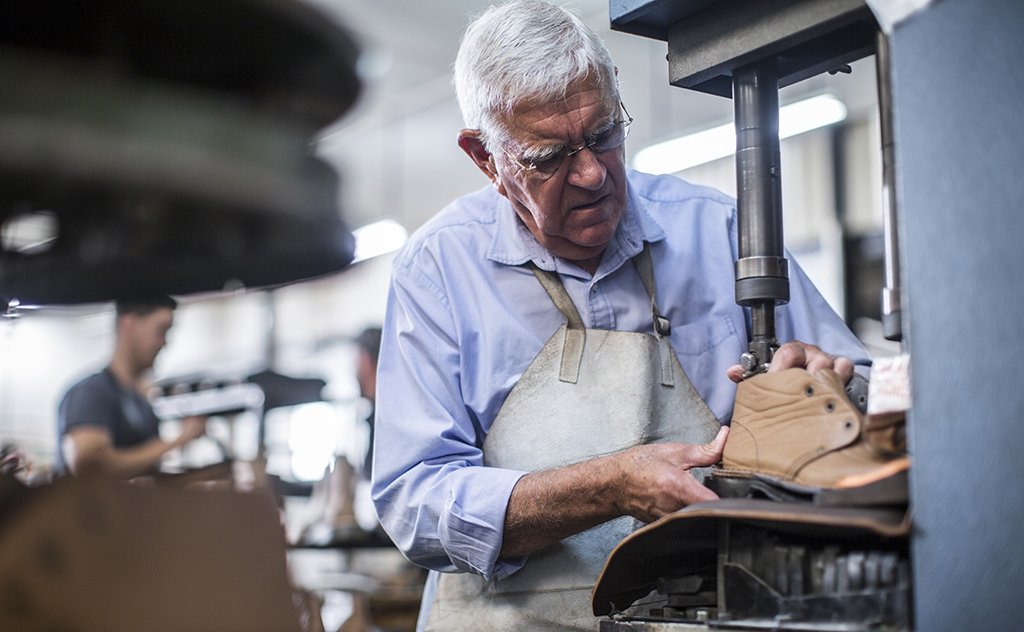Shoe manufacturing has traditionally been a manual process due to the variety of materials used and the complexity of production. However, with recent technological advancements and the rise of Industry 4.0, the sector has begun adopting automation through various innovative technologies.
Collaborative Robotics
Integrating collaborative robots into footwear manufacturing was once a challenge due to the diversity of materials and designs. However, today, with more precise and accessible sensors, these robots can work alongside human operators on production lines. This allows for task automation without compromising the flexibility needed to handle delicate materials.
Additionally, technologies such as computer vision enable robots to perform tasks with high precision by detecting the exact position of objects in the production process. Extra sensors can also measure variables such as applied force, ensuring proper handling of footwear and its components. Beyond production, collaborative robots can also assist in complementary tasks such as packaging and workspace maintenance.
Augmented Reality
Another emerging technology in the footwear industry is augmented reality. This tool can be used at various stages of the process, from design to manufacturing.
In the design phase, it allows for virtual product visualization before production, facilitating decision-making, saving time, and reducing material waste. During manufacturing, augmented reality can guide workers through different steps, simplifying training for new employees. Additionally, in the commercial sphere, consumers can use augmented reality to virtually try on shoes, enhancing the online shopping experience.
3D Printing
3D printing is revolutionizing the footwear industry by making prototyping and design validation more accessible. Previously, these processes were slow and costly, but with this technology, the time and resources required have been significantly reduced, allowing for the testing of a greater variety of designs and materials.
Although its use in mass production is still limited, 3D printing offers the potential to reduce material waste and streamline manufacturing. Digitalizing designs allows for quick modifications and distribution of models, speeding up production.
Benefits of Industry 4.0 in Footwear Manufacturing
The adoption of Industry 4.0 technologies has brought numerous advantages to the footwear sector, including:
- Resource savings through more efficient processes.
- Reduced production times thanks to automation.
- Greater flexibility in making design modifications.
- Improved communication between suppliers and customers, optimizing service.
In summary, digital transformation is revolutionizing the footwear industry, offering new opportunities to enhance production, customization, and customer experience.


